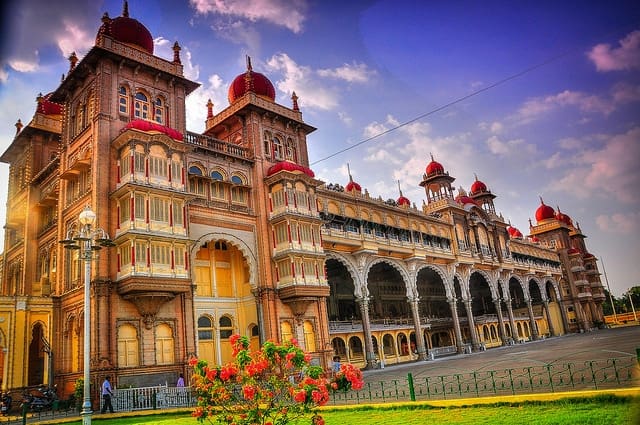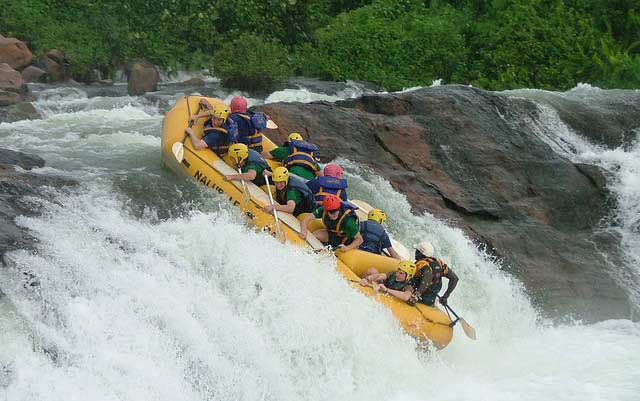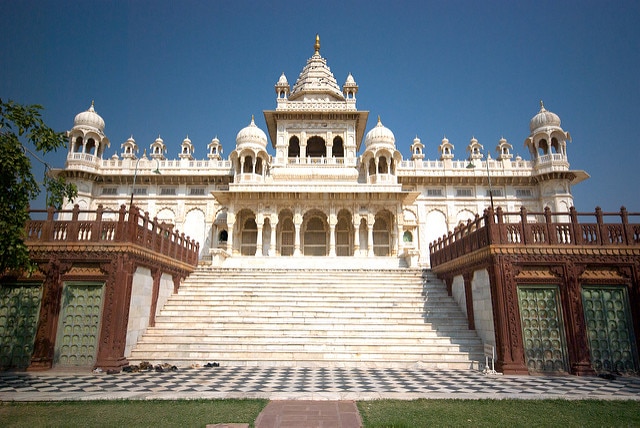Fort Kochi, nestled in the coastal city of Kochi in Kerala, South India, is a captivating blend of history, culture, and natural beauty. Its allure lies not just in its picturesque landscapes but also in its rich heritage, making it a must-visit destination for travelers seeking an authentic Indian experience.
Historical Significance
Portuguese Influence
Fort Kochi traces its origins back to the 15th century when it served as a trading post for the Portuguese. The iconic Fort Immanuel, built by the Portuguese in 1503, stands as a testament to their presence in the region.
Dutch Colonial Era
In the 17th century, Fort Kochi came under Dutch rule, adding another layer to its cultural tapestry. The Dutch Palace, also known as Mattancherry Palace, is a prime example of Dutch architecture and houses exquisite murals depicting Hindu mythological themes.
British Rule
During the British Raj, Fort Kochi flourished as a significant trading center. The colonial influence is evident in the charming colonial buildings and streets dotted with quaint cafes and art galleries.
Cultural Melting Pot
Fort Kochi’s vibrant culture is a reflection of its diverse past. Over the centuries, it has been shaped by the influences of various civilizations, including Portuguese, Dutch, British, and local Kerala traditions.
The culinary scene in Fort Kochi is a delightful fusion of flavors, with influences from the Malabar Coast, Portuguese, and Jewish cuisines. Visitors can savor authentic dishes like appam with stew, seafood delicacies, and delectable desserts like Kerala halwa.
Art and architecture enthusiasts will marvel at the blend of styles found in Fort Kochi’s buildings, from colonial-era churches to traditional Kerala houses adorned with intricate wood carvings.
Attractions in Fort Kochi
- Fort Immanuel: A well-preserved reminder of Fort Kochi’s Portuguese past, offering panoramic views of the Arabian Sea.
- Chinese Fishing Nets: Iconic landmarks that dot the coastline, providing a glimpse into the traditional fishing methods.
- St. Francis Church: The oldest European church in India, where explorer Vasco da Gama was originally buried.
- Mattancherry Palace: A treasure trove of Kerala murals and artifacts, showcasing the region’s rich cultural heritage.
- Jew Town: A bustling market known for its antique shops, spice emporiums, and the historic Paradesi Synagogue.
Festivals and Events
Fort Kochi comes alive during its vibrant festivals and events, celebrating its cultural diversity and heritage.
- Kochi-Muziris Biennale: A contemporary art festival that attracts artists and art enthusiasts from around the world.
- Cochin Carnival: A colorful extravaganza held annually during the New Year, featuring street parades, music, and fireworks.
- Spice Route Culinary Festival: A gastronomic journey showcasing the rich culinary traditions of Kerala and its spice trade history.
Impact of Tourism
The tourism industry plays a significant role in Fort Kochi’s economy, providing employment opportunities and boosting local businesses. However, it also brings challenges such as environmental degradation and cultural commodification.
Efforts are underway to promote sustainable tourism practices and preserve Fort Kochi’s natural and cultural heritage for future generations.
Future Prospects
With its timeless charm and rich heritage, Fort Kochi is poised to remain a top destination for travelers seeking an authentic Indian experience. As tourism continues to evolve, stakeholders must balance development with conservation to ensure the long-term sustainability of this cultural gem.
Conclusion
Fort Kochi is more than just a tourist destination; it’s a journey through time and culture. From its colonial past to its vibrant present, every corner tells a story of resilience and adaptation. Whether you’re exploring its historic landmarks, savoring its flavors, or immersing yourself in its festivities, Fort Kochi leaves an indelible mark on all who visit.
FAQs
- Is Fort Kochi safe for tourists?
- Yes, Fort Kochi is generally considered safe for tourists. However, like any travel destination, it’s essential to exercise caution and follow local guidelines.
- What is the best time to visit Fort Kochi?
- The best time to visit Fort Kochi is during the winter months, from October to February, when the weather is pleasant and conducive to exploring the outdoors.
- Are there accommodations available in Fort Kochi?
- Yes, Fort Kochi offers a range of accommodations, including boutique hotels, homestays, and guesthouses, catering to various budgets and preferences.
- What are some must-try dishes in Fort Kochi?
- Some must-try dishes in Fort Kochi include appam with stew, seafood specialties like fish curry and prawn masala, and traditional desserts like Kerala halwa.
- Are there guided tours available in Fort Kochi?
- Yes, there are guided tours available in Fort Kochi, offering insights into the city’s history, culture, and culinary delights.











